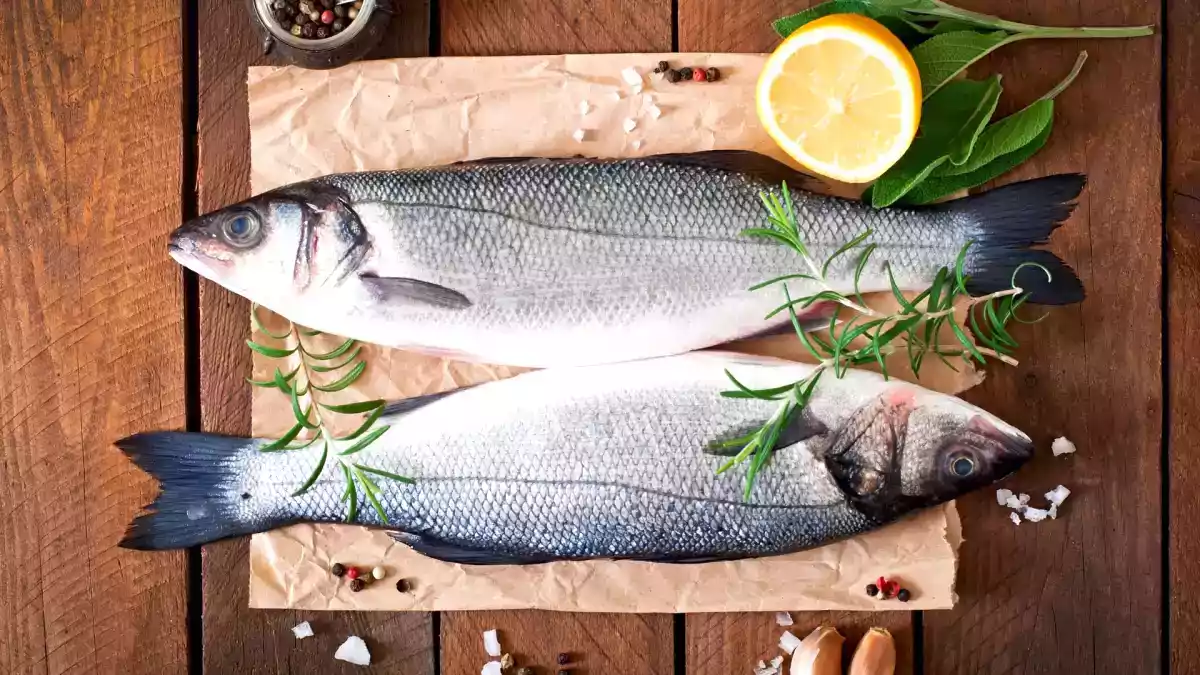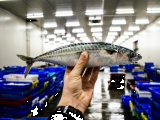The ultimate trick that will change the way you buy fish

In Spain's bustling marketplaces, the comings and goings of shoppers and vendors create a vibrant atmosphere, full of products and offerings that is worth experiencing. Among the stalls, fresh fish shines with its characteristic glow, inviting to be part of our tables. However, a common question arises: are we sure we know what we are buying?
Many times, we choose fish by intuition, relying on the fishmonger's recommendation or the specific recipe we have in mind. But what if I told you that you could be making a mistake when classifying a white or blue fish? This difference, which at first glance seems like an unimportant detail, has a huge impact on the taste, texture and even the nutritional benefits we get.
There is a trick that will allow you to identify which type of fish you are in front of in seconds. It has nothing to do with the color of the skin or the texture of the flesh. And, when you discover it, you will wonder how you had not noticed it before.
More than flavor: the nutritional value of fish
Fish is a cornerstone of Spanish gastronomy, both in the north and in the south, and its presence in the Mediterranean diet makes it an essential food.
White fish, such as hake, fresh cod or sole, are known for their lean meat, low fat content and smooth mouthfeel. They are ideal for light diets and for preparations that require subtlety, such as hake in green sauce or monkfish Galician style.
Blue fish, such as sardines, tuna or bonito, are fattier, but in the best sense of the word. They contain a significant amount of omega-3 fatty acids, beneficial for the heart and brain. "Bluefin tuna, for example, is a gastronomic and nutritional jewel," says the prestigious Spanish chef Ángel León, popularly known as "the Chef of the Sea".
But the truth is that it is useless to know the nutritional value of fish if we do not know how to identify which one we are buying. The difference is so clear that, once you discover it, you will never get confused again.
The ultimate trick to tell an oily fish from a white fish in seconds
Now that we know the nutritional and gastronomic differences between these fish, the key question arises: how to differentiate them quickly when we are at the fishmonger's? Although many people look at the color of the skin or the texture of the flesh, there is an infallible trick that never fails.
Whitefish, which spend most of their lives in deep water and don't need to travel far, have rounded or straight tails. Their anatomy reflects their quiet life at the bottom of the sea.
Bluefish, on the other hand, are tireless swimmers that travel long distances in search of food. That's why their tails are "V" or arrow-shaped, designed to move with speed and endurance in the ocean.
The next time you go to the fishmonger's, look at the fish tails and you'll be right on the money. With this trick in mind, and the knowledge of how to cook them, you'll be ready to enjoy the best the sea has to offer.
How to cook each type of fish to get the best out of them
Now that we have the key to distinguish between one fish and another, let's see how to treat them in the kitchen to enjoy each piece to the maximum.
White fish, being more delicate, adapts well to preparations such as baking, grilling or en papillote, where its texture remains juicy without the need for much oil. Karlos Arguiñano, who has taught generations of Spaniards to cook, always recommends baked hake with baked potatoes: "Simple, quick and perfect for any day of the week".
Oily fish, on the other hand, tolerates more aggressive cooking, such as grilling or pickling. Grilled sardines in an Andalusian beach bar are a clear example of how fire enhances their intense flavor. In addition, white tuna is a star in dishes such as marmitako, a seafood stew that combines this fish with potatoes, peppers and onions, creating a comforting dish full of character.
You may also be interested in:
 Patricia González
Patricia González


Comments